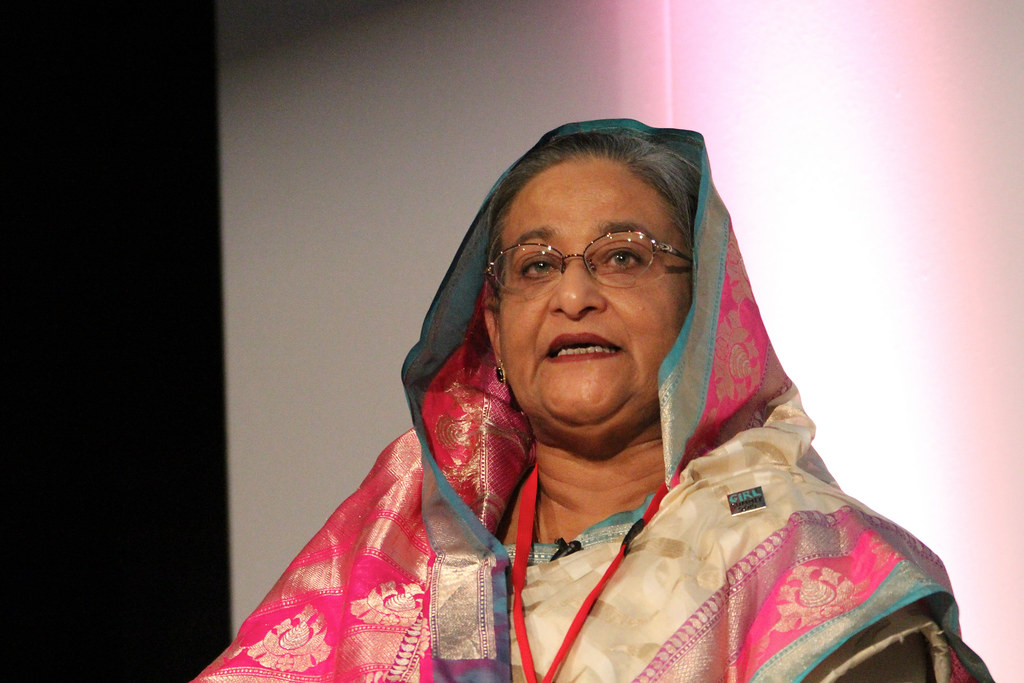Margaret Thatcher – Britain’s Iron Lady

Known as the “Iron Lady” for her strong leadership style, Margaret Thatcher was the first female prime minister of Britain in 1979 and served as the longest-serving British PM of the 20th century. Her economic policies involved privatization of state industries and financial deregulations, consolidating power in the central government. She won a popular victory over Argentina in the 1982 Falklands War, but her economic policies had mixed support as she promoted a free market economy and confronted the power of labor unions. The Soviets themselves dubbed her the “Iron Lady,” recognizing her uncompromising approach to politics. Thatcher’s policies transformed Britain’s economy, though they sparked significant controversy and division. Her influence on conservative politics extended far beyond her time in office, setting a template for free-market policies that continue to shape political discourse today.
Empress Wu Zetian – China’s Only Female Emperor
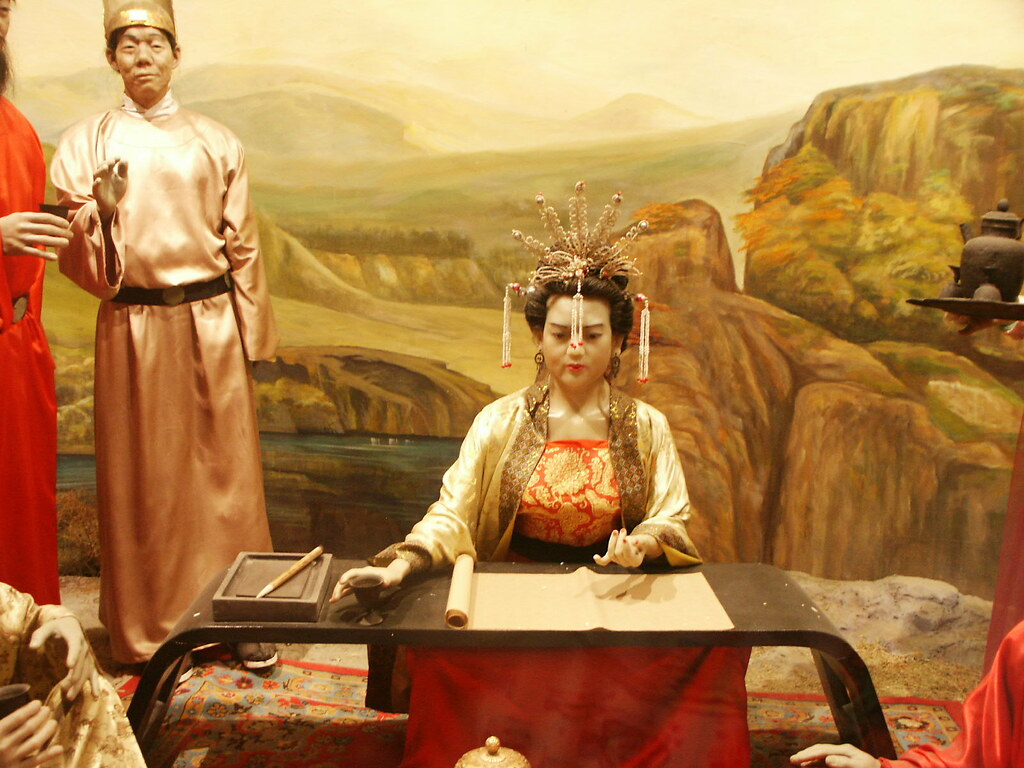
Wu Zetian was the only female sovereign in the history of China who is widely regarded as legitimate, and she was the only woman in Chinese history to assume the title huangdi (emperor). Known for her ruthlessness, she forced her young son to step off the throne he inherited so she could take power and execute anyone who spoke against her. Under her 45-year reign, China grew larger, becoming one of the great powers of the world, its culture and economy were revitalized, and corruption in the court was reduced. She broke precedent when she founded her own dynasty in 690, the Zhou, ruling personally under the name Sacred and Divine Huangdi from 690 to 705. Even traditional historians who despised her recognized her as a capable and attentive ruler, and her ability to select capable men to serve as officials was admired for the rest of the Tang dynasty. Her reign demonstrated that effective leadership transcended gender boundaries, though she maintained power through fear and absolute control.
Cleopatra VII – The Last Pharaoh’s Political Mastery
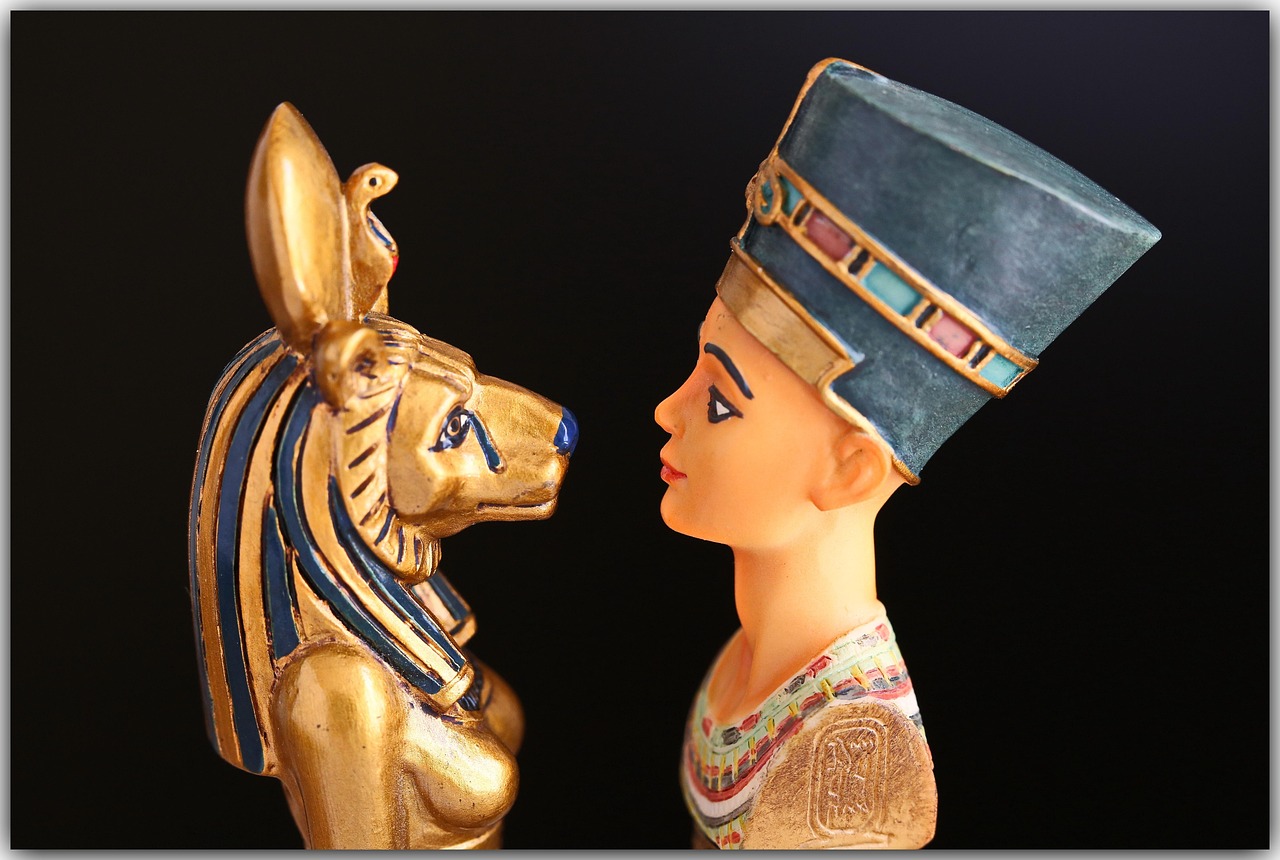
Cleopatra was charismatic and intelligent, and she used both qualities to further Egypt’s political aims, though she was also ruthless, reportedly killing several family members in order to solidify her power. In contrast to other Ptolemaic rulers, Cleopatra could speak multiple languages by adulthood and was the first Ptolemaic ruler known to have learned the Egyptian language, reportedly speaking Ethiopian, Hebrew, Arabic, Syrian, Median, and Parthian. Not only did she command an army and navy, negotiate with foreign powers and preside over temples, she also dispensed justice and regulated an economy, and her reign is notable for the absence of revolts in the Egyptian countryside. After Caesar was murdered, Cleopatra went back to Egypt and Ptolemy XIV was killed soon after, possibly by Cleopatra’s agents. Her strategic relationships with Julius Caesar and Mark Antony weren’t just romantic liaisons but calculated political alliances designed to preserve Egyptian independence. Despite ultimately losing her kingdom to Rome, Cleopatra’s reign represented one of the most sophisticated examples of female political leadership in the ancient world.
Empress Dowager Cixi – China’s Medieval-to-Modern Transformation
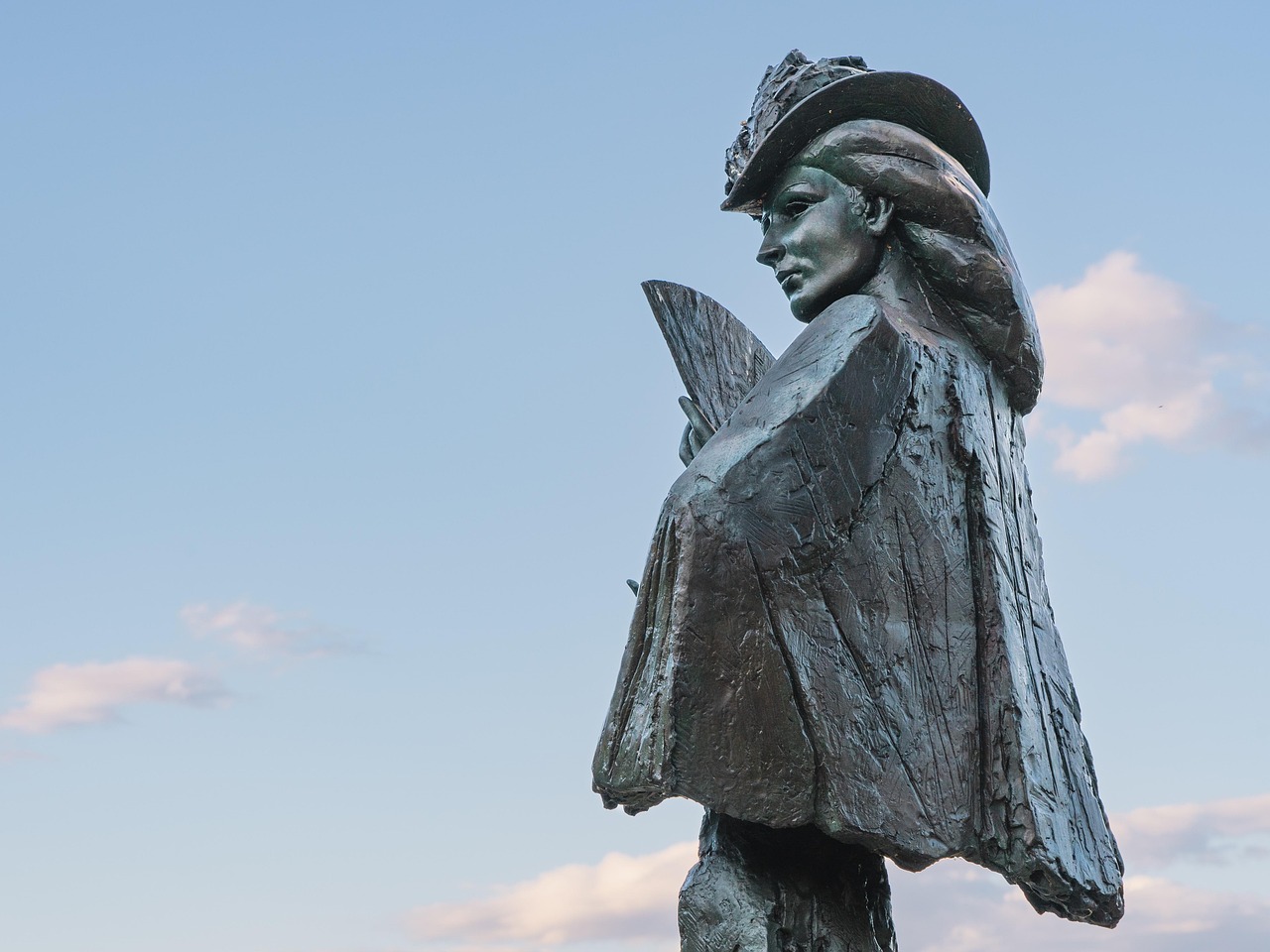
Empress Dowager Cixi effectively controlled the Chinese government in the late Qing dynasty as empress dowager and regent for almost 50 years, from 1861 until her death in 1908. Ruthless and canny, Cixi held onto power through court intrigue, manipulation, and deadly force, governing as the true “Emperor” behind the throne. With her iron will and shrewd mind, she helped transform China from a medieval society to a modern power on the global stage. She did not hesitate in ordering killings in response to plots to kill her, including Emperor Guangxu’s favorite concubine Pearl, who was thrown down a well by her eunuchs, and she ordered the killing of Emperor Guangxu by arsenic poisoning, just a day before she herself died. When Emperor Xianfeng died in 1861, Cixi launched a palace coup against the regents appointed by her husband and made herself the real ruler of China. Her 47-year reign saw China navigate massive internal rebellions and foreign invasions while slowly modernizing its ancient institutions.
Sheikh Hasina – Bangladesh’s Fallen Iron Lady

Sheikh Hasina, who for years ruled Bangladesh with an iron fist, was ousted on August 5, 2024, by an increasingly violent wave of protests, eventually fleeing the country after being the world’s longest-serving female head of government. Also described as “Asia’s iron lady” by The Economist, since she started her second stint as prime minister in 2009, Bangladesh plummeted in various democracy indexes and measures of press freedom, as Hasina presided over the removal of key democratic guardrails. In June 2024, fresh student protests erupted throughout the country demanding job quota reforms, and the protests were met with brutal crackdown by law-enforcement agencies, eventually culminating in a mass uprising that forced Hasina to resign and flee to India. Her 15 years of premiership, which critics characterized as a dictatorship and kleptocracy, ended in self-imposed exile following the July Revolution in 2024. She played a crucial role in achieving notable economic growth, promoting gender equality, increasing literacy, and presiding over major infrastructure projects like the Padma Bridge, which cost roughly $3.87 billion. Her fall from power in 2024 serves as a stark reminder that even the most entrenched authoritarian leaders can be toppled by sustained popular resistance.
Catherine the Great – Russia’s Enlightened Despot
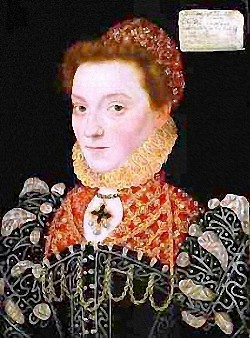
Catherine the Great was the Empress of Russia from 1762 to 1796 and is widely considered one of the most powerful and successful female rulers in history. Born in Poland as a German princess, she attained rule of Russia through marriage and held on to it for 34 years, especially after she plotted to overthrow her husband and assumed complete power, continuing Peter the Great’s work in modernizing Russia. Catherine is famous for her strong leadership and many reforms that modernized Russia, promoting education, art, and culture while implementing new laws that improved the lives of her subjects and expanding the territory of the Russian Empire. Her reign epitomized enlightened despotism, combining absolute power with progressive reforms. Catherine’s correspondence with Voltaire and other philosophers demonstrated her intellectual engagement with Enlightenment ideas, even as she ruthlessly suppressed peasant rebellions. Her transformation of Russia into a major European power required both diplomatic finesse and military might, qualities she possessed in abundance.
Queen Victoria – The Empire on Which the Sun Never Set
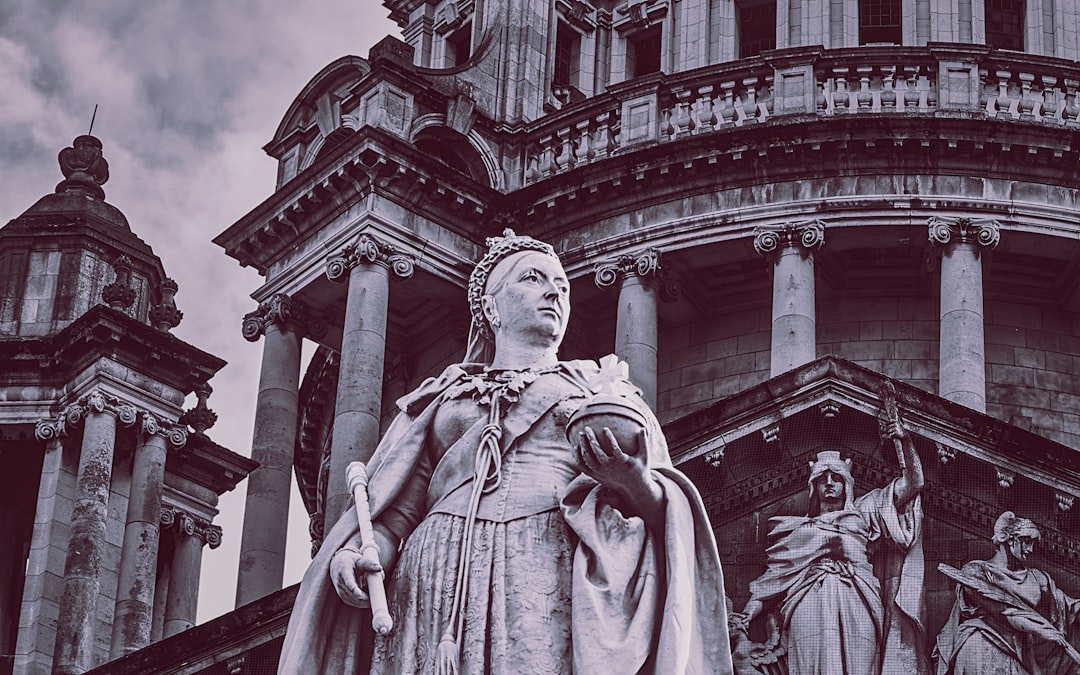
Queen Victoria was one of the most influential women in British history, ruling the United Kingdom of Great Britain and Ireland from 1837 until she died in 1901, and Victoria’s reign is known as the Victorian Age. She faced numerous challenges with determination and resilience by implementing ambitious reforms and policies that transformed Britain, and Victoria’s reign helped the expansion of the British Empire, which covered a fifth of the Earth’s surface by the time of her death. Coincidentally, Cixi reigned at the time of another woman in charge of the other great empire of that era — Queen Victoria (reign 1837–1901) of the British Empire. Victoria’s 63-year reign saw Britain become the world’s dominant industrial and naval power. Her personal moral standards helped define an entire era’s social conventions, while her empire influenced global trade, culture, and politics. The Victorian era’s technological innovations, from railways to telegraphs, spread British influence across continents. Her ability to maintain constitutional monarchy while wielding significant behind-the-scenes influence demonstrated how female rulers could adapt traditional power structures to modern political realities.
Maria Theresa – Habsburg Austria’s Reforming Empress
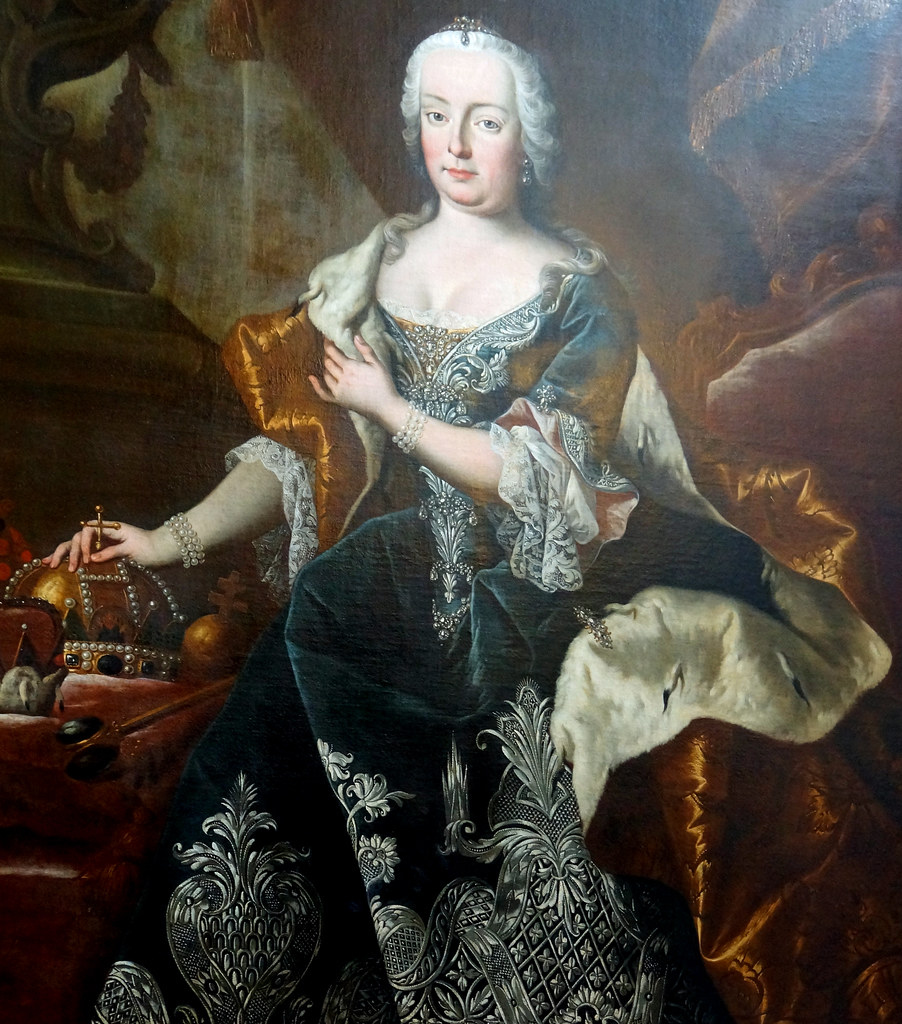
Maria Theresa of Austria was born on May 13, 1717, and was one of the most powerful women in history during the age of Enlightened Absolutism, serving as Archduchess of Austria, Queen of Hungary and Bohemia, and ruler of the Habsburg Monarchy from 1740 to 1780. Maria Theresa was the first woman to sit on the Habsburg throne at age 23, won wars on several fronts against other European monarchs, and introduced numerous enduring reforms including institutional, financial, medical, and educational reforms that solidified Habsburg rule. Maria Theresa was the ruler of the Habsburg Empire in the 18th century, encouraging the advancement of science, reforming the feudal system, and passing strict morality laws. Despite her hardened nature, Maria Theresa is recognized as one of the most successful leaders of the 18th century, and her efforts to evoke both esteem and affection in her subjects continue to influence the world today. Her ability to modernize the sprawling Habsburg domains while maintaining Catholic traditions showcased remarkable political balance. She personally bore sixteen children while managing complex diplomatic relationships across Europe, proving that traditional gender roles need not limit effective leadership.
Hatshepsut – Ancient Egypt’s Master Builder
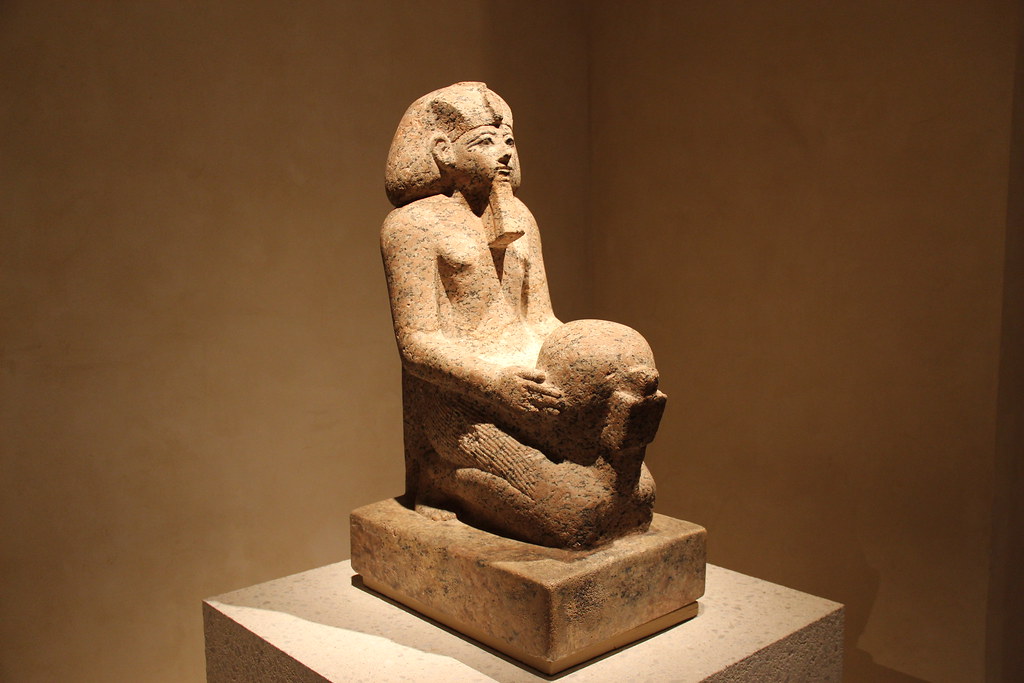
Hatshepsut (1508 BC – 1458 BC) was an Ancient Egyptian pharaoh, considered to be one of its country’s most successful rulers, overseeing major building projects, military campaigns into Nubia, Syria and Levant and rebuilding broken trade networks. Unlike many ancient rulers who gained power through inheritance alone, Hatshepsut had to navigate complex succession politics after her husband’s death. She initially served as regent for her young stepson but eventually claimed full pharaonic power, complete with the traditional false beard and royal regalia. Her reign lasted approximately 22 years, during which Egypt experienced unprecedented prosperity and artistic achievement. The temple complex at Deir el-Bahari remains one of ancient Egypt’s architectural marvels, demonstrating her commitment to monumental building projects that glorified both her reign and Egyptian civilization. Her successful military campaigns expanded Egyptian influence while her trade expeditions to the mysterious land of Punt brought exotic goods and wealth to the kingdom.
Theodora – Byzantine Empire’s Power Behind the Throne
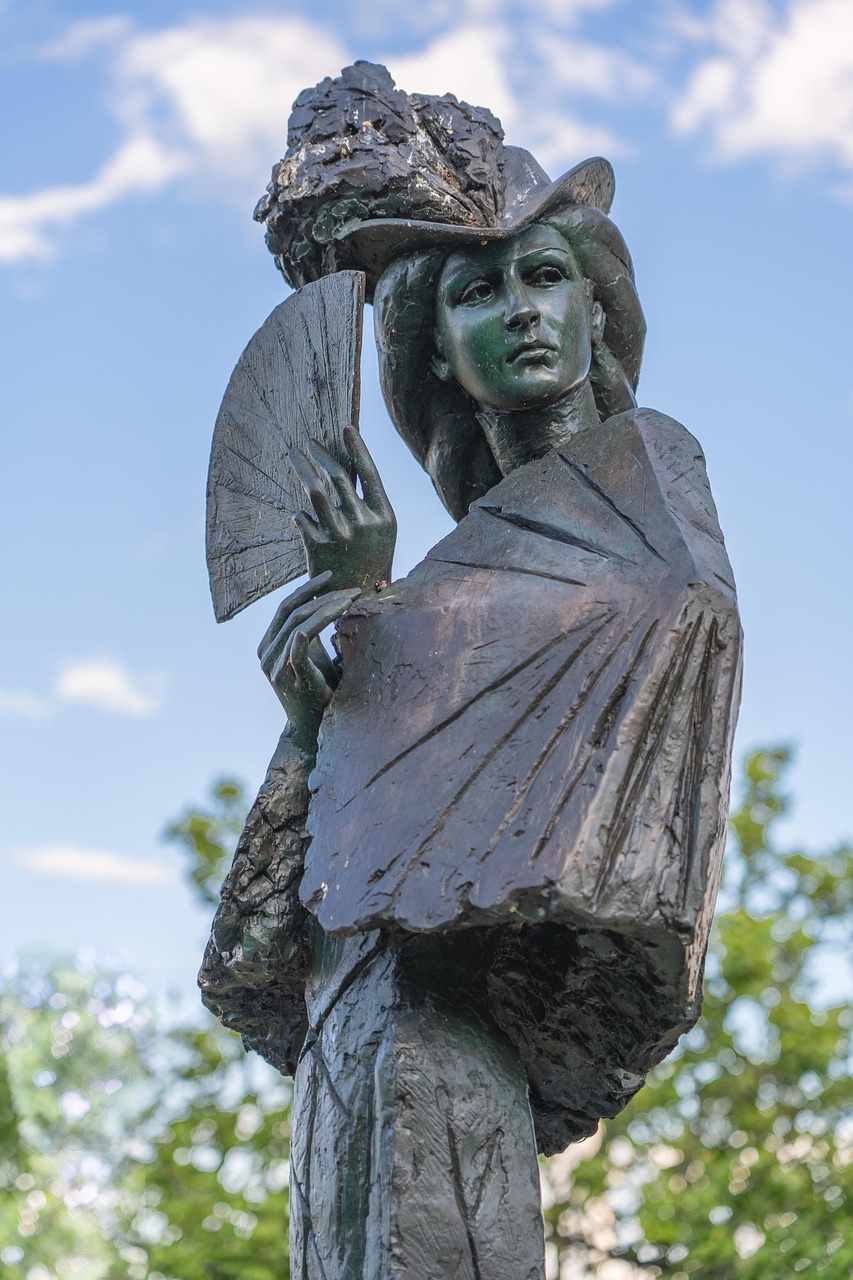
Theodora (500-548) was a highly influential Empress of the Byzantine Empire and a saint of the Eastern Orthodox Church, married to Emperor Justinian I and serving as his most trusted advisor while using him to achieve her purposes. Rising from humble origins as an actress and courtesan, Theodora’s ascent to imperial power represents one of history’s most dramatic social transformations. Her influence extended far beyond traditional empress roles, as she actively participated in theological debates and championed women’s rights legislation. During the Nika riots of 532, when Justinian considered fleeing Constantinople, Theodora’s famous speech convinced him to stay and fight, ultimately saving his throne. Her support for Monophysite Christianity put her at odds with orthodox church doctrine, yet she maintained her religious convictions despite political pressure. The legal reforms she championed improved women’s property rights and made divorce more accessible, progressive policies that wouldn’t be seen again in Europe for centuries.
Zenobia – Palmyra’s Rebel Queen
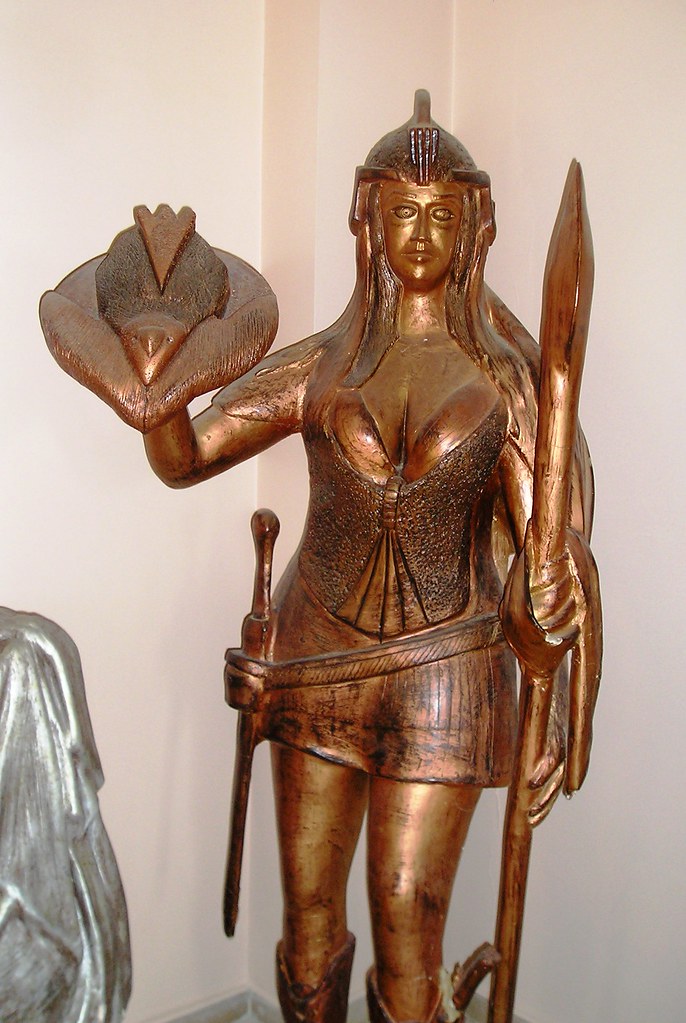
Zenobia was the ruler of the Palmyrene Empire, a breakaway state of the Roman Empire, and she was an intellectual and polyglot who rebelled against the Romans and even expanded her territory into Egypt. Her audacious challenge to Roman authority in the 3rd century CE demonstrated extraordinary military and political acumen. After her husband’s assassination, Zenobia transformed the wealthy trading city of Palmyra into an independent empire that controlled crucial trade routes between East and West. She declared herself Queen of Egypt and claimed descent from Cleopatra, using historical legitimacy to bolster her political position. Her armies conquered much of the eastern Mediterranean before Emperor Aurelian’s forces finally defeated her in 272 CE. Zenobia’s court attracted scholars, philosophers, and artists, making Palmyra a center of learning that rivaled Alexandria and Rome. Her rebellion, though ultimately unsuccessful, proved that determined leadership could challenge even the mighty Roman Empire at its height.
Golda Meir – Iron Lady of the Middle East

Born in Ukraine and raised in Milwaukee, Golda Meir became Israel’s fourth Prime Minister and one of the most formidable political figures of the 20th century. Her leadership during the 1973 Yom Kippur War demonstrated her resolve under extreme pressure, as she mobilized Israel’s defenses against a surprise attack by Egypt and Syria. Known for her direct speaking style and uncompromising positions on national security, Meir earned respect from allies and adversaries alike. She famously declared “There is no such thing as a Palestinian people,” reflecting her hardline stance on territorial issues that continues to influence Middle Eastern politics today. Her background as a kibbutz member and labor organizer shaped her socialist political philosophy, though she proved equally capable of making tough military decisions. Meir’s leadership during one of Israel’s most challenging periods cemented her reputation as a leader willing to make unpopular decisions for national survival.
Indira Gandhi – India’s Political Dynasty Matriarch
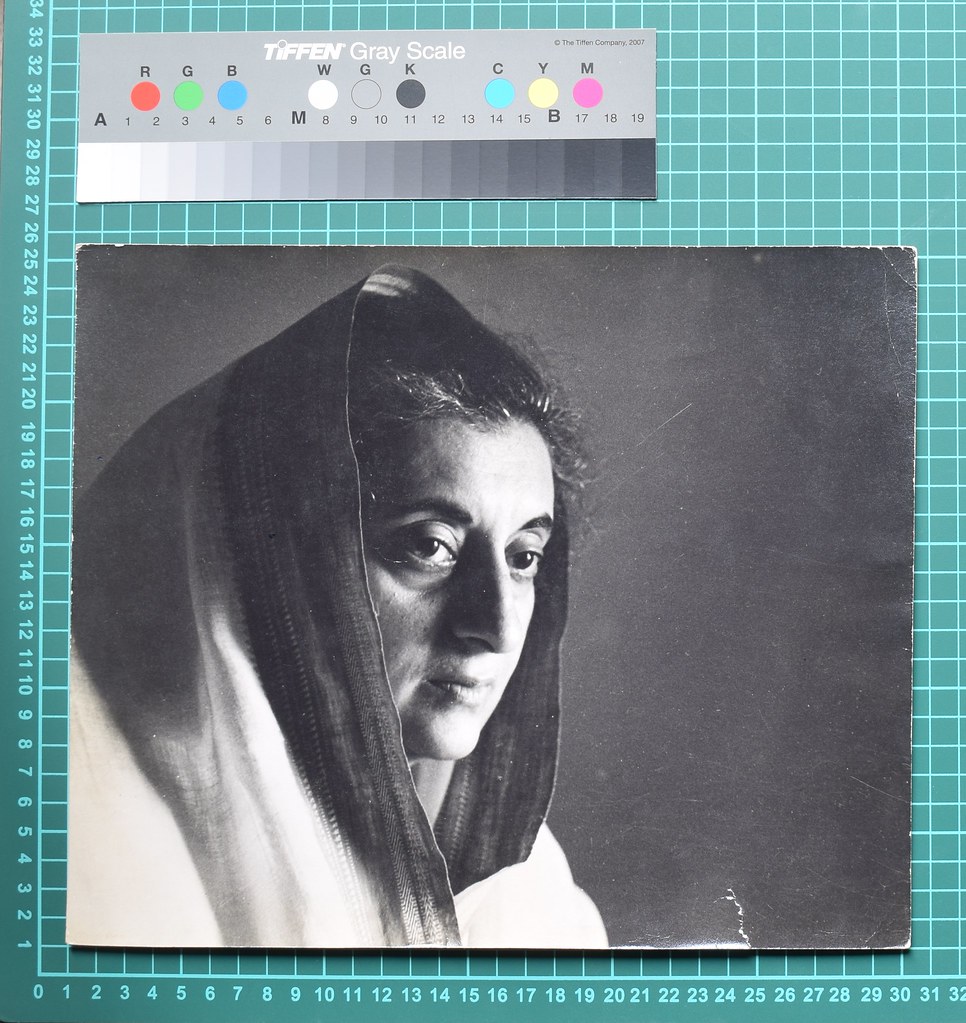
Indira Gandhi transformed from a shy political daughter into one of the most powerful and controversial leaders in Indian history, serving as Prime Minister for nearly sixteen years. Her declaration of Emergency rule from 1975-1977 demonstrated her willingness to suspend democratic freedoms when she perceived threats to her power and India’s stability. During this period, she authorized forced sterilizations, press censorship, and mass arrests of political opponents, earning her a reputation as an authoritarian leader. Her military intervention in East Pakistan, which led to the creation of Bangladesh, showcased her strategic thinking and willingness to use force for geopolitical advantage. The 1984 Operation Blue Star, her military assault on the Golden Temple in Amritsar, ultimately led to her assassination by her Sikh bodyguards but demonstrated her determination to preserve Indian unity at any cost. Gandhi’s legacy remains deeply divided between those who admire her strength and those who condemn her authoritarian tendencies.
Boudicca – Celtic Britain’s Warrior Queen

When Roman forces humiliated her family and seized her kingdom’s wealth, Boudicca transformed from a tribal queen into Britain’s most feared rebel leader. Her forces destroyed three major Roman settlements, including Londinium (modern London), killing an estimated 70,000 Roman citizens and collaborators in their path of vengeance. Ancient historians described her as tall and fierce, with long red hair and a powerful voice that could rally thousands of Celtic warriors to her cause. Her rebellion in 60-61 CE nearly drove the Romans from Britain entirely, forcing Governor Suetonius Paulinus to abandon his campaign in Wales to face this unexpected threat. Though ultimately defeated by superior Roman military tactics and discipline, Boudicca’s revolt demonstrated that even the mighty Roman Empire could be challenged by determined local resistance. Her final speech to her warriors, as recorded by Tacitus, eloquently expressed the Celtic desire for freedom: “We British are used to women commanders in war.” Her death marked the end of major British resistance to Roman rule, but her legend inspired later generations of British leaders facing foreign invasion.
The thread connecting these remarkable women isn’t just their gender or their power—it’s their absolute refusal to accept the limitations that society tried to impose on them. From ancient battlefields to modern parliaments, they wielded authority with a determination that often shocked their contemporaries and continues to fascinate us today. What would our world look like if more women had been given—or taken—similar opportunities to rule?

